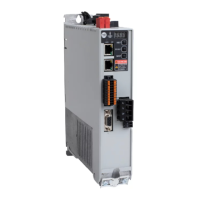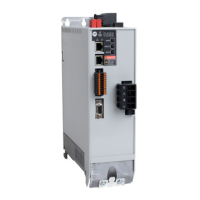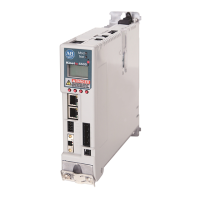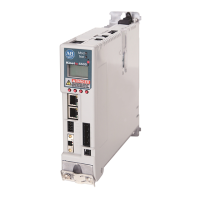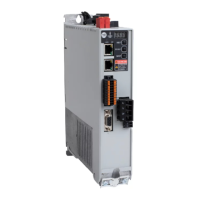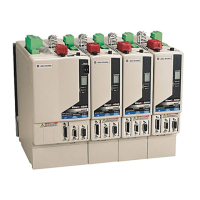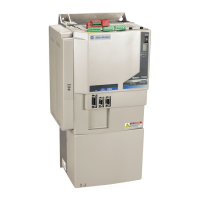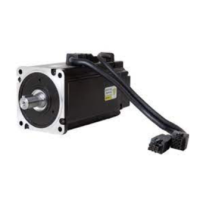392 Rockwell Automation Publication 2198-UM004D-EN-P - December 2022
Chapter 12 Motion Control Applications
Clutch Engagement and Disengagement
When the E-CAM function is enabled, the state of the clutch determines
whether the slave axis start operates according to the received master axis
signal or not. When the clutch is engaged, the slave axis operates according to
the received master axis pulses and the cam curve. When the cam is
disengaged, the slave axis does not operate according to the cam curve even if
the slave axis receives master axis pulses.
Condition for Engagement
When the E-CAM function is enabled, the slave axis can only be operated
according to the master axis signal and the cam curve when the clutch is in the
engaged state, as shown in Figure 201
. The timing condition of the clutch
engagement can be set by ECamControl parameter ID376 (P5.088.Z). The
Kinetix 5100 drive provides two different timing conditions that are selectable.
• Immediate engagement (ECamControl ID376 (P5.088.Z) = 0) — The
clutch is engaged immediately when the E-CAM function is active.
• Engagement using a Digital Input E-CAM engaging control [0x36]
(ECamControl ID376 (P5.088.Z) = 1) — The clutch is engaged when the
digital input DI:E-CAM engaging control [0x036] transitions on. When
this DI is on, the clutch remains engaged until a disengagement
condition is reached.
Figure 201 - Clutch Engagement Diagram
IMPORTANT The E-CAM function does not allow E-CAM engagement based on the
absolute position of the master feedback source.
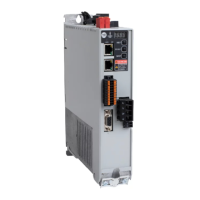
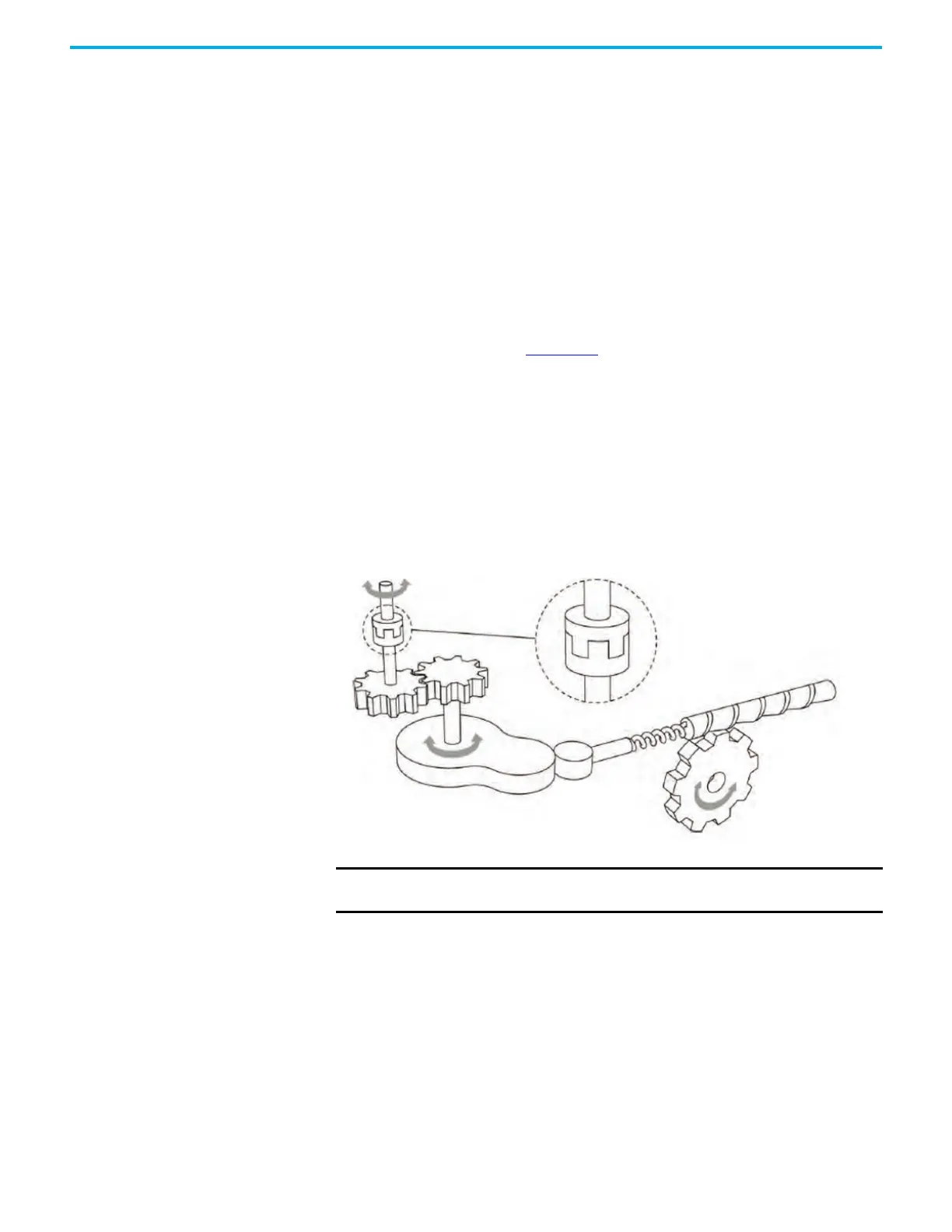